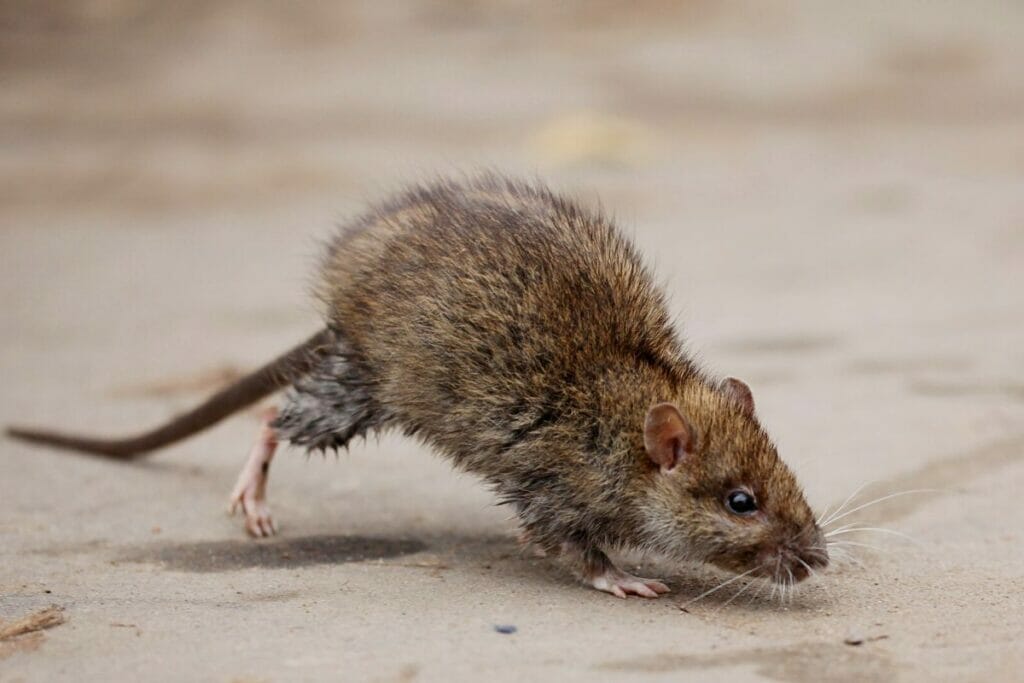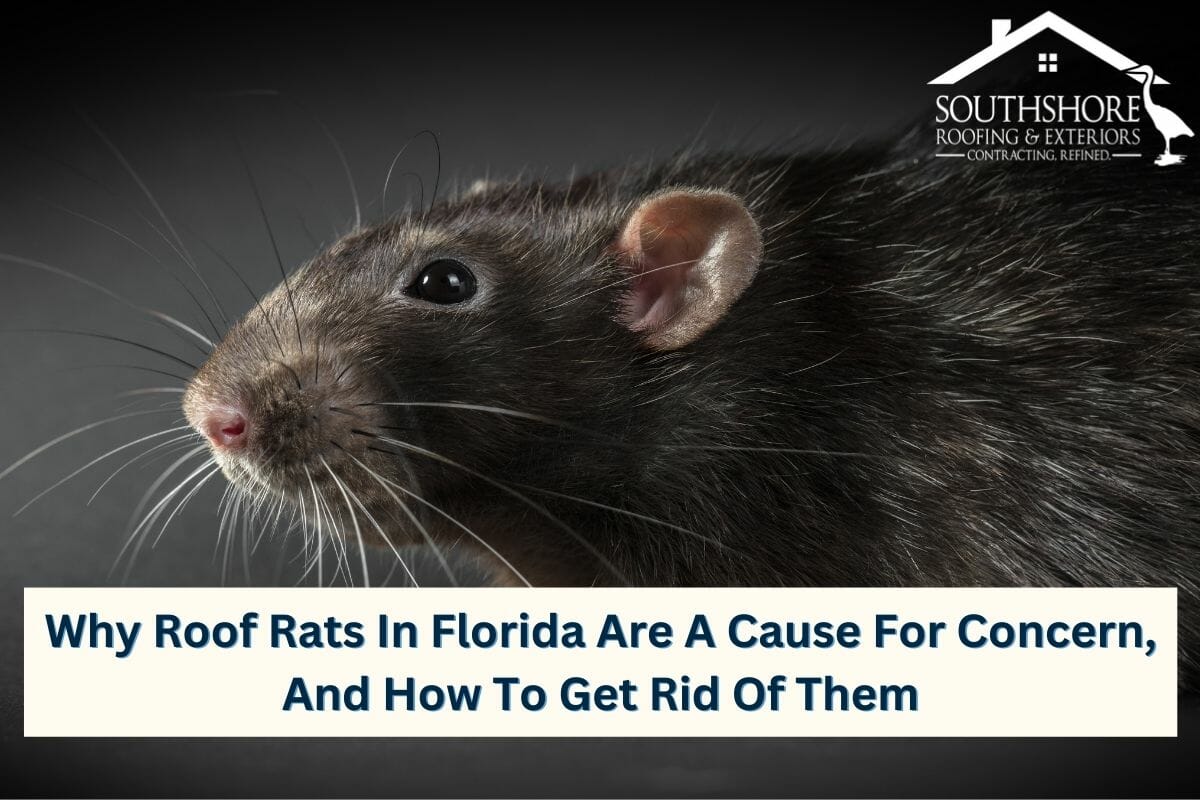Florida is renowned for its natural beauty, boasting picturesque beaches, parks, and a myriad of attractions. As a homeowner in the sunshine state, you’ll undoubtedly have plenty to keep you occupied, but with such beauty comes certain challenges. There is the problem of intense heat and harsh weather conditions, all of which can be devastating for your roof. However, a problem that isn’t talked about as much, but can still be damaging to your home, is a roof rat infestation.
Florida roof rats are scattered everywhere across the state, and the country, so it’s vital to know more about them in order to keep your roof and home safe. This is just what we’ll cover today. In this article, we will explore what roof rats are, why they’re a problem in Florida, and how to prevent and get rid of them.
What Are Roof Rats?

You might be surprised, but not all rats are the same and they’re divided into different categories. So, what is a Florida roof rat? Roof rats, also known as black rats, are a species of rodent commonly found in Florida. They get their name from residing in the upper levels of a home, prominently your roof. Roof rats are excellent climbers and are often found in high places like attics, trees, and rooftops.
They are primarily nocturnal animals and are known for their ability to reproduce quickly, making them a common pest in residential and commercial properties.
Now that you know a little bit more about these pests, let’s move on to why they’re dangerous for your home.
Why Are Roof Rats In Florida Dangerous For Your Home?
Roof rats in Florida are a cause for concern due to several reasons, including:
Health Risks:
Roof rats carry various diseases that are harmful to humans. These diseases are transmitted through their droppings, urine, or saliva. Typus, leptospirosis, and rat-bite fever are some of the diseases that can be transmitted by roof rats. These diseases can cause serious health problems.
Property Damage:
Roof rats have strong front teeth, also known as incisors, that can gnaw through wood, plastic, and electrical wires. They can cause significant damage to a roof or other areas of a property. They are also known to build their nests in attics, which can lead to a fire hazard.
Economic Impact:
Roof rats can severely impact businesses, particularly those in the food industry. By contaminating food products with their droppings and urine, their presence can lead to health code violations and the potential closure of a business. The cost of removing roof rats and repairing the damage can also be a substantial economic hit to a business owner or homeowner. Overall, roof rats in Florida pose a significant risk to public health, property, and businesses, so it is essential to take proactive measures to prevent and control an infestation.
How To Know If Roof Rats Are In Your Home: Signs Of Roof Rat Infestation
What’s a bigger problem than roof rats entering your home? The answer is not knowing that they’re there inside your attic causing damage.
To prevent an infestation and curb the level of damage to your roof and attic, it’s important to pay attention to the signs that signal these rodents have made their way into your home.
Below we’ve listed some things that you need to pay attention to.
Droppings:
We understand that discussing the topic of rats and their droppings is not pleasant for any homeowner, but it’s integral to keeping them away from your home, as rat droppings are one of the first signs of an infestation that you should look for.
Florida roof rats produce small, spindle-shaped droppings that are usually around 1/2 inch long. These droppings are typically found near areas where they feed or nest. If you see roof rat droppings in your home, wear gloves and a mask when cleaning them up, as they can contain harmful bacteria.
Gnaw Marks:
Roof rats have powerful teeth, and they like to use them to their advantage. With their incisors, roof rats can gnaw through various materials. You may notice gnaw marks on wood, plastic, electrical wires, and other household items. They may also chew holes in walls or ceilings to gain access to other parts of a building.
Scratching Or Scurrying Noises:
You can categorize roof rats as nocturnal pests, which means they are active at night and will do the most damage during dusk and early dawn. You may hear scratching or scurrying sounds within the walls, ceilings, or other areas of a building. So, the next time you wake up in the middle of the night from these noises, roof rats are likely at work!
If you notice any of these signs in your home or business, taking immediate action is essential to prevent the infestation from worsening. We recommend contacting a pest control professional to remove roof rats effectively and safely.
How Can You Get Rid Of Roof Rats In Florida?
Preventing and getting rid of roof rats can be challenging, but it may become necessary for a responsible homeowner in Florida. Thankfully, there are a couple of steps you can take to make your homes less attractive to these pests:
Block Any Entry Points
The first thing you should start with is inspecting your roof. This will include not only the exterior roofing system but the attic as well. Look for small holes or openings in these areas, as these signify entry points that the rats are getting through.
Roof rats can enter through tiny openings on your roof, so it’s important to seal up any cracks or gaps in the exterior of your home. It’s also crucial to pay attention to areas around windows, doors, vents, and pipes.
Here are some ways to cover gaps in your roofing system and prevent roof rats from entering your home:
Seal cracks and gaps:
Use caulk or foam insulation to fill any gaps or cracks that you find. Pay attention to areas where pipes and wires enter your home, as these are also common entry points for roof rats.
Install door sweeps:
You can install door sweeps on all exterior doors to prevent roof rats from entering through the gaps under a door.
Install screens:
Install screens on any vents and chimneys to prevent roof rats from entering through these openings.
Use metal flashing:
Metal flashing just doesn’t keep water away from the interior of your home, it also seals these gaps so that roof rats cannot enter or gnaw their way through.
Now, we understand that this work is not for everyone, and climbing onto a roof has its own set of difficulties, so if you’re not comfortable doing the work yourself, consider hiring a professional pest control company to do it for you.
Use Traps To Your Advantage
Traps are an effective way to get rid of roof rats. After ensuring that there are no openings in your roof, maximize protective results by installing mouse/rat traps.
Snap Traps:
Snap traps are the most commonly used traps to catch roof rats, and they are easy to use and affordable. They are designed to kill rats quickly and humanely. When a rat takes the bait, the trap snaps shut, instantly killing the rat.
Live Traps:
Live traps are another way to catch roof rats. These traps allow you to capture the rats alive and release them back into the wild. Live traps are typically made of wire mesh and have a bait compartment and a door that shuts when the rat enters.
Electronic Traps:
Electronic traps are a recent addition to the rat-trap market. These electricity-based rat traps use a high-voltage shock to kill the rat instantly when it enters the trap. Electronic traps are reusable but due to their effectiveness are more expensive than other types of traps on the market.
Bonus Tip: Make sure to place the traps in areas where you’ve observed roof rats, such as in the attic, on the roof, or near entry points.
Baits
Rats rely on food for their survival and are commonly attracted to homes where they can easily find food sources. That’s what makes food-based baits perfect for capturing these rodents. Another option is poison baits, which are an effective way to eliminate roof rats if you place them strategically where you’ve observed roof rats.
It’s important to keep in mind that these baits are not safe to have around pets or small children, so keep them in places that are out of reach.
Ultrasonic devices
Ultrasonic devices emit high-frequency sound waves that are unpleasant to roof rats and effectively repel them. Place the device in areas where you’ve observed roof rats, such as the attic or on the roof.
Keep Your Roofing System Protected From Roof Rats In Florida
As we have seen, roof rats mean trouble for your home. They slowly and steadily eat away through parts of your home and can cost you a lot of money in roof repairs or replacements. If roof rats have caused damage to your roofing system, and you don’t want to spend a fortune fixing the damage, hire the team at SouthShore Roofing & Exteriors.
Our team has years of experience in residential roofing and will ensure your roof is kept in its best condition. We will thoroughly inspect your roof and ensure there are no openings through which these roof rats can enter, or if they’ve caused prior damage, we’ll repair that for you too.
Contact us today at (813) 400-3329 to make an appointment with our team and book a free roof inspection to protect your home.




